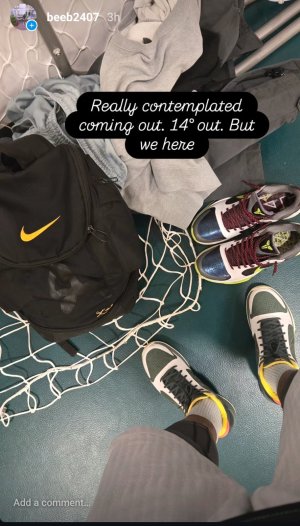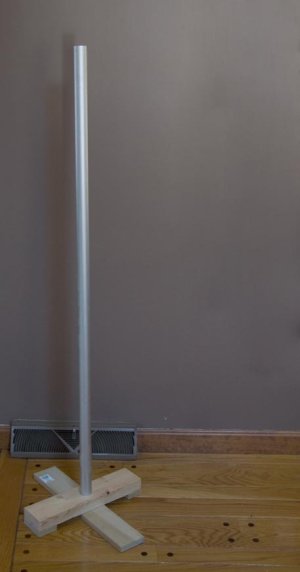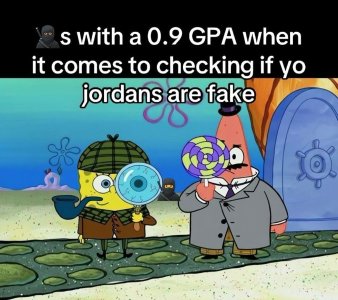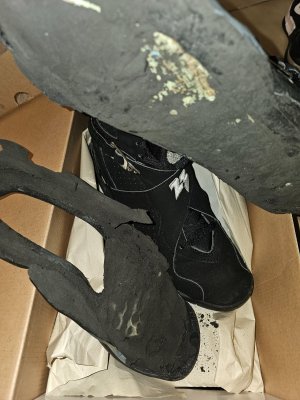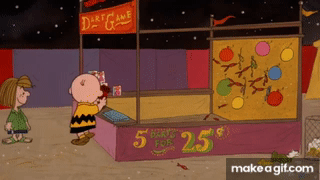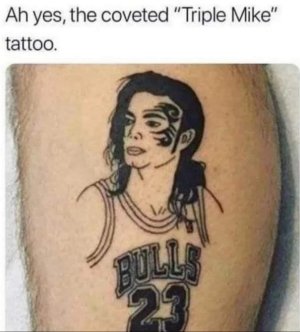It's a complicated and long story. Due to the length, I I put a short and to the point tl;dr summary at the bottom of this post.
1. The lead up to the onset of the symptoms:
When I was 19 and studying to be a nurse, I suddenly started coughing up massive blood clots in class.
At the hospital the doctors discovered that I had a very complex case of an intralobary pulmonary sequester. Basically at the top of my aorta, an extra aorta sized artery branched off into those tiny blood vessels in my lower ring lung. None of that was supposed to exist and due to the size of that extra artery, it started to tear where it went into the lung because of the blood pressure difference caused the artery to tear. The coughing up giant bloodclots was from internal blfddkng due to hhst t
This required about half of my right lung to be removed in surgery. Full recovery would take about 9-12 months but during that’ll make you’re time I couldn’t continue nursing due to running out of breath.
2. The onset of the symptoms:
At some point in when I was almost recovered, I started getting pain in both my lower legs (my calves) that wasn’t really painful but it was a dull but constant pain that wouldn’t go away. NSAID medication did nothing and over time the pain grew worse and worse until it stagnated, eventually requiring opioids to be able to function properly
While the chronic pain worsened,I also started getting weakness in my lower legs and fast muscle cramps despite being in good shape from a few years of weightlifting. That started to get worse as well, eventually getting so bad that I needed an electric bicycle to cycle and had to quit my nursing education.
This weakness and extremely fast cramps from very light physical activity also started spreading throughout my whole body.
3. The referral to a special unit of doctors:
During this time I had various tests and doctors found nothing wrong. Eventually one referred me to a special unit at the Ghent university hospital that only accepts complex referred cases where other options have been exhausted.
In my first meeting with them, it was mostly introductory but they tested my blood for a bunch of substances that aren’t on standard tests and then I went home.
When I got home, I got a call from them saying I needed to come back the hospital because one result in my blood test was so high they thought it had to be a lab error but wanted to get tested again to make sure.
It turned out it wasn’t an error and I had 70 times the normal CK value, a substance they said is involved in muscle decay.
That’s when it became undeniable that my case was a serious issue.
4. The testing and diagnosis:
After various tests, the doctors discovered something was wrong with my 2 of myhormones, testosterone and cortisol.
My base testosterone values were as low 20.5% of what a normal base value should be.
Cortisol (also called the ‘stress hormone’) was even worse, I could only produce between 15 and 17% of a normal base value. The doctors did a stress test by lowering my blood sugar levels dangerously low, which would normally cause an immediate massive boost in cortisol, I still only produced 34% of just the base value.
Based on the testing an inability to naturally produce sufficient values of those hormones,the doctors found a diagnosis: “hypogonagic hypogonadism”
Cortisol is very important for your body’s recovery fromhr stressful things for the body like physical activities or sickness.
My hormone treatment has made my muscle cramps and weakness much better.
5. What about the chronic pain?
Simply put, over a span of 8 years, even these doctors don’t know. It doesn’t fit in with my hormone defect. They’re still investigating but theory at this point is that I have a second undiagnosed chronic illness, likely an autoimmune or neurological problem.
tl;dr version:
Diagnosed with “hypogonadotropic hypogonadism”(hormone illness)
My chronic pain doesn’t fit with that diagnosis and the doctors’ theory at this point is that it’s a separate illness, likely an autoimmune or neurological issue.























